Whew! I just got back from my work with Team Squirrel at 10PM tonight. Thanks to the later night, we now have our phase shift experiment just about ready to go!
The experiment in simple terms
Arctic ground squirrels are diurnal, meaning that they are awake during the day and are asleep at night. However, during Arctic summers, the sun never sets. Somehow the squirrels still keep a pretty rigid sleep/wake schedule, even though most other Arctic animals don’t. The scientists want to know why the squirrels do this and how it impacts them from an energy expenditure standpoint. Specifically, they want to know what will happen if a squirrel is on the opposite schedule from its normal habits (sleep during the day and awake at night). To find out, we are going to attempt to “phase shift” one group of squirrels by about 12 hours, so that they think day is night and night is day. You can see a video overview of this research on my previous blog.
Squirrel Shuffle
Over the past two days, we trapped the squirrels that will be used in the experiment. 8 will be in the control group (the group we compare the data of the phase-shifted squirrels to) and 8 are in the experimental phase-shift group.
Each group of squirrels will be kept in a special rodent environmental chamber (one for each group) that looks kind of like a refrigerator. Each squirrel has its own plastic bin with bedding material, food, and a gel pack as a water source. The chambers allow us to control temperature and light. The temperature of both chambers will stay at 16 degrees Celsius (about 60 degrees Fahrenheit), the typical temperature of an Arctic ground squirrel’s burrow. The difference comes with the light schedule. Each group will receive 10 hours of light and 14 hours of darkness to mimic active hours in the daylight and hours inside the burrow for sleeping. The control group will have “normal” day/night hours, but the phase shift group will eventually be 12 hours off of their normal schedule.
In preparation for the experiment, tonight we did the squirrel shuffle. Jeanette and I set up the beds for each squirrel, transferred the squirrel from its cage to its new bin, then placed them in the correct environmental chambers in a lab (tent) across from our main lab. Jeanette took careful notes the entire time. Details and organization are important aspects of a successful experiment.
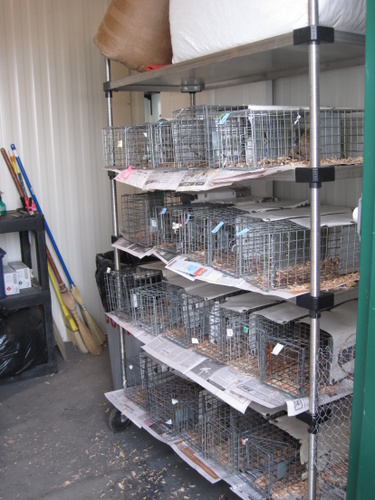
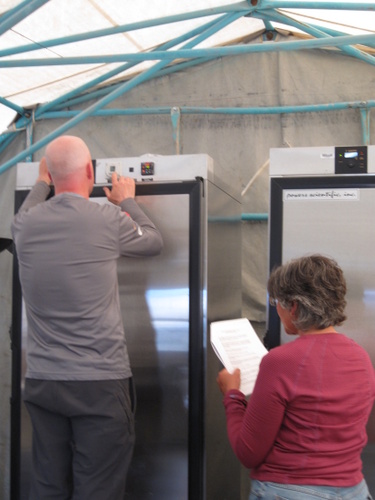
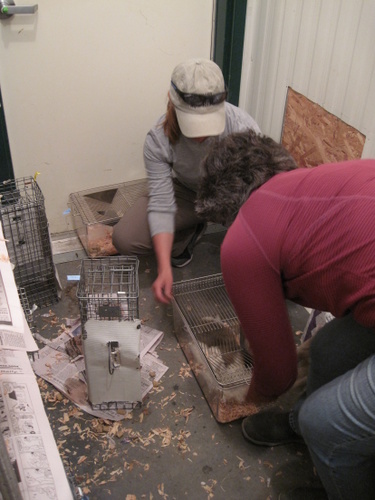
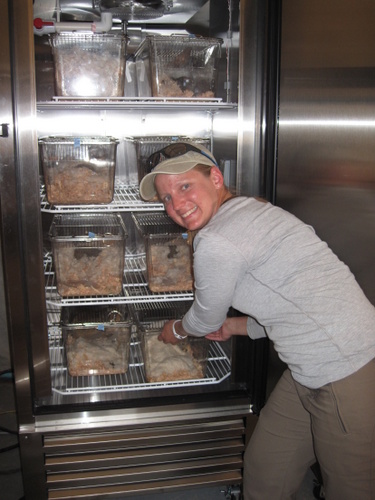
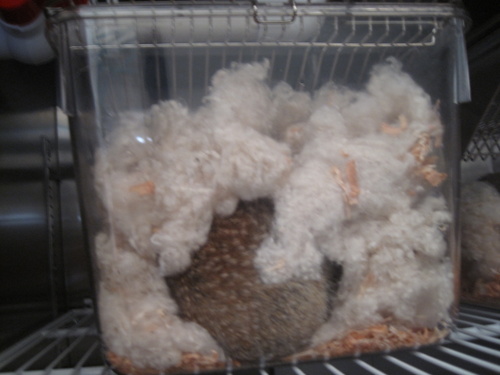
This experiment has required a few revisions and changes along the way, but the researchers have worked together to overcome the challenges and design a meaningful experiment. I am excited to continue learning what will happen in future stages of the experiment and I’ll share as I understand more.


Comments